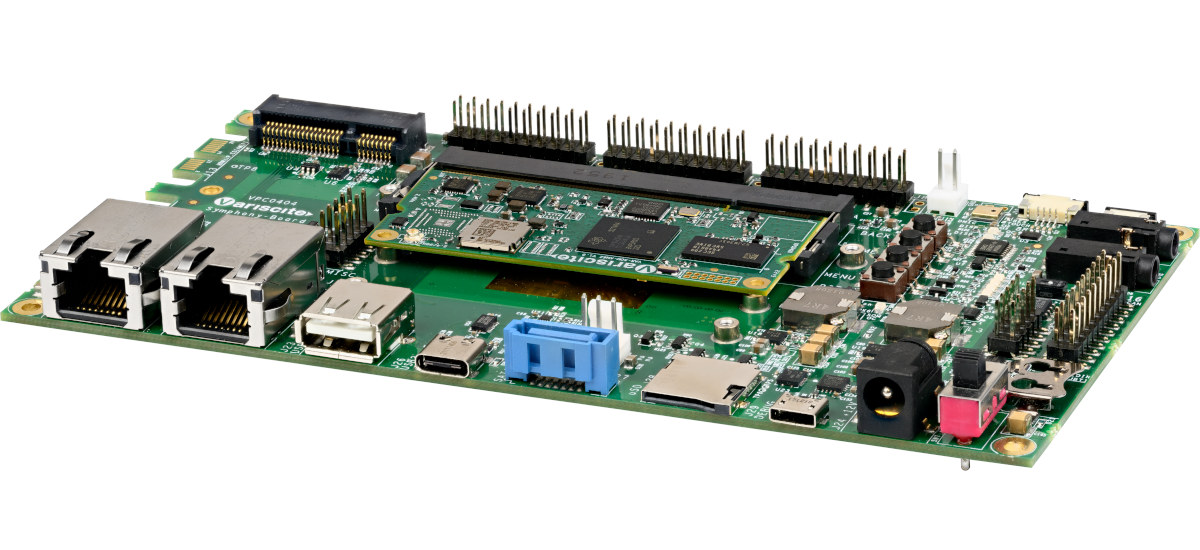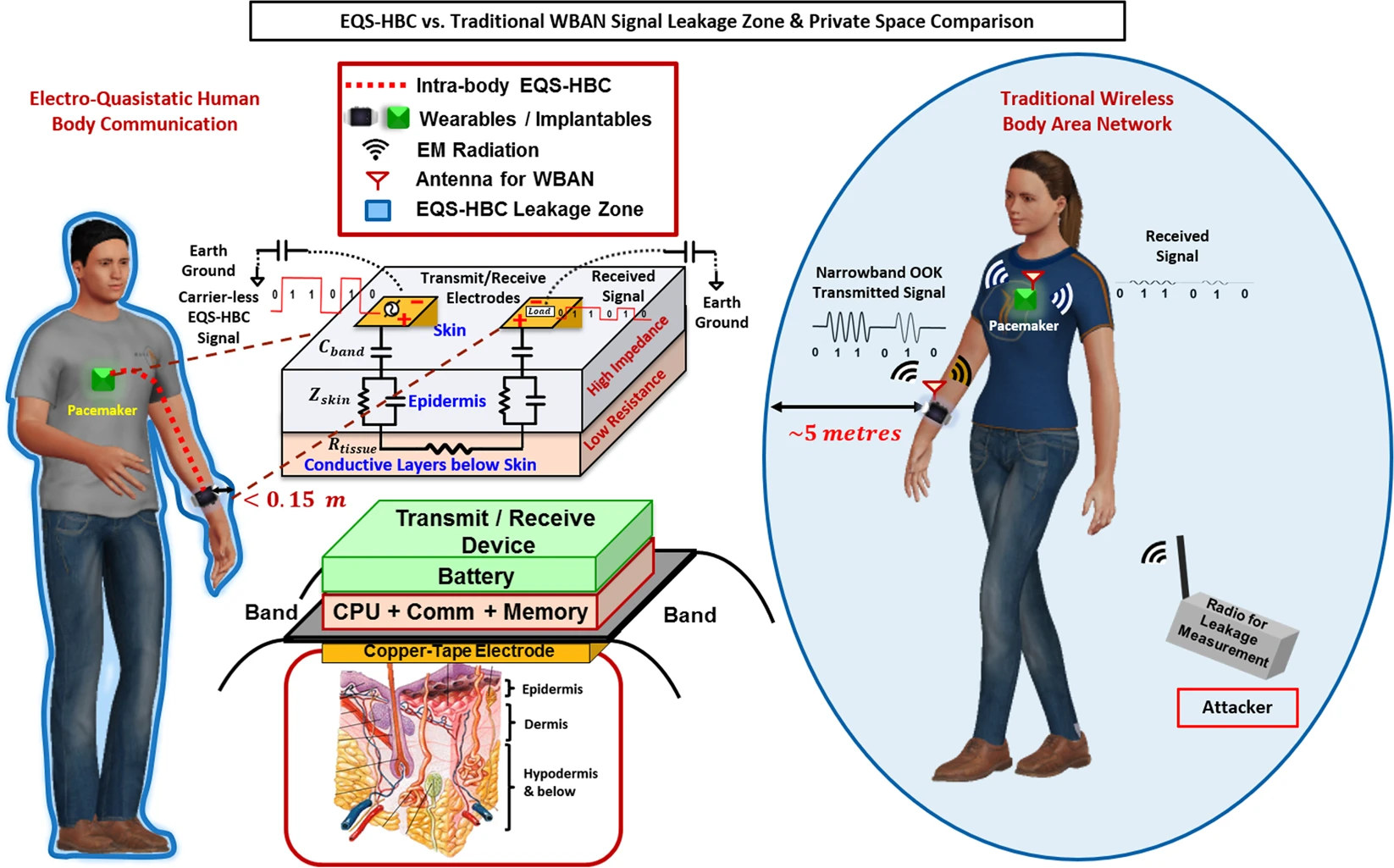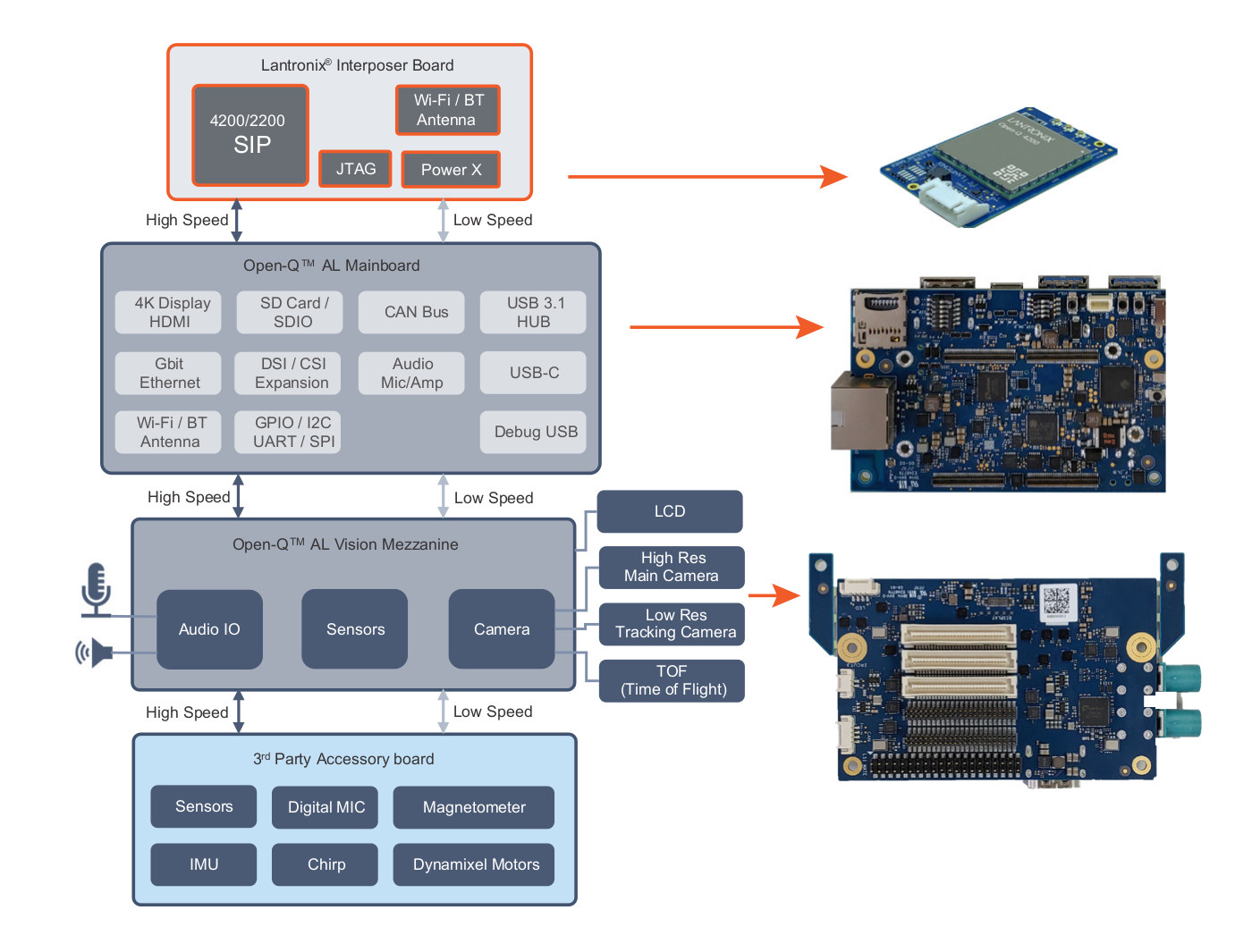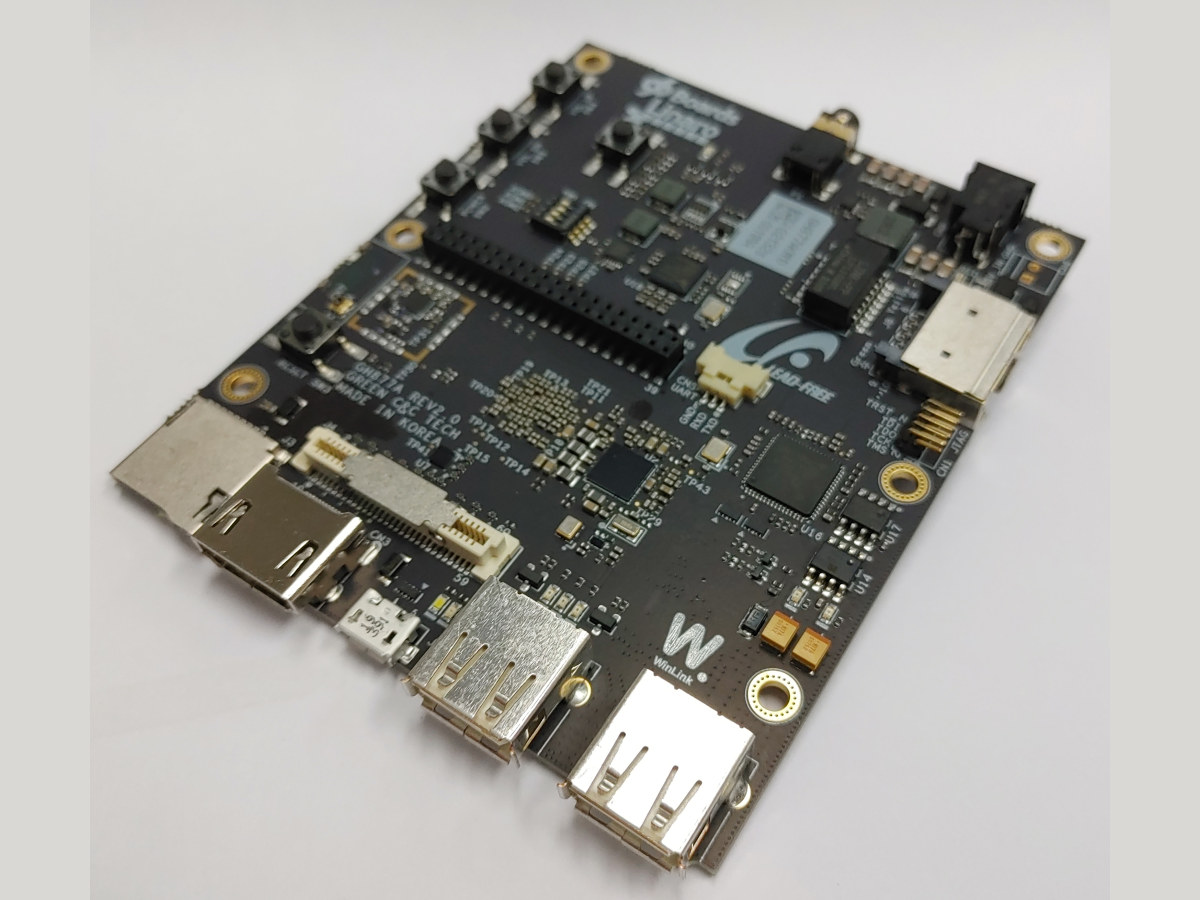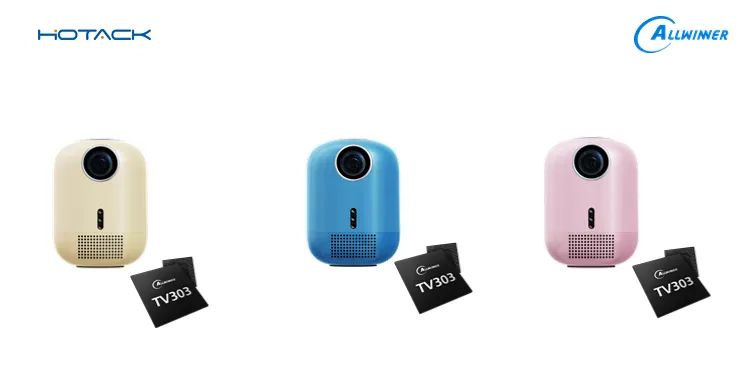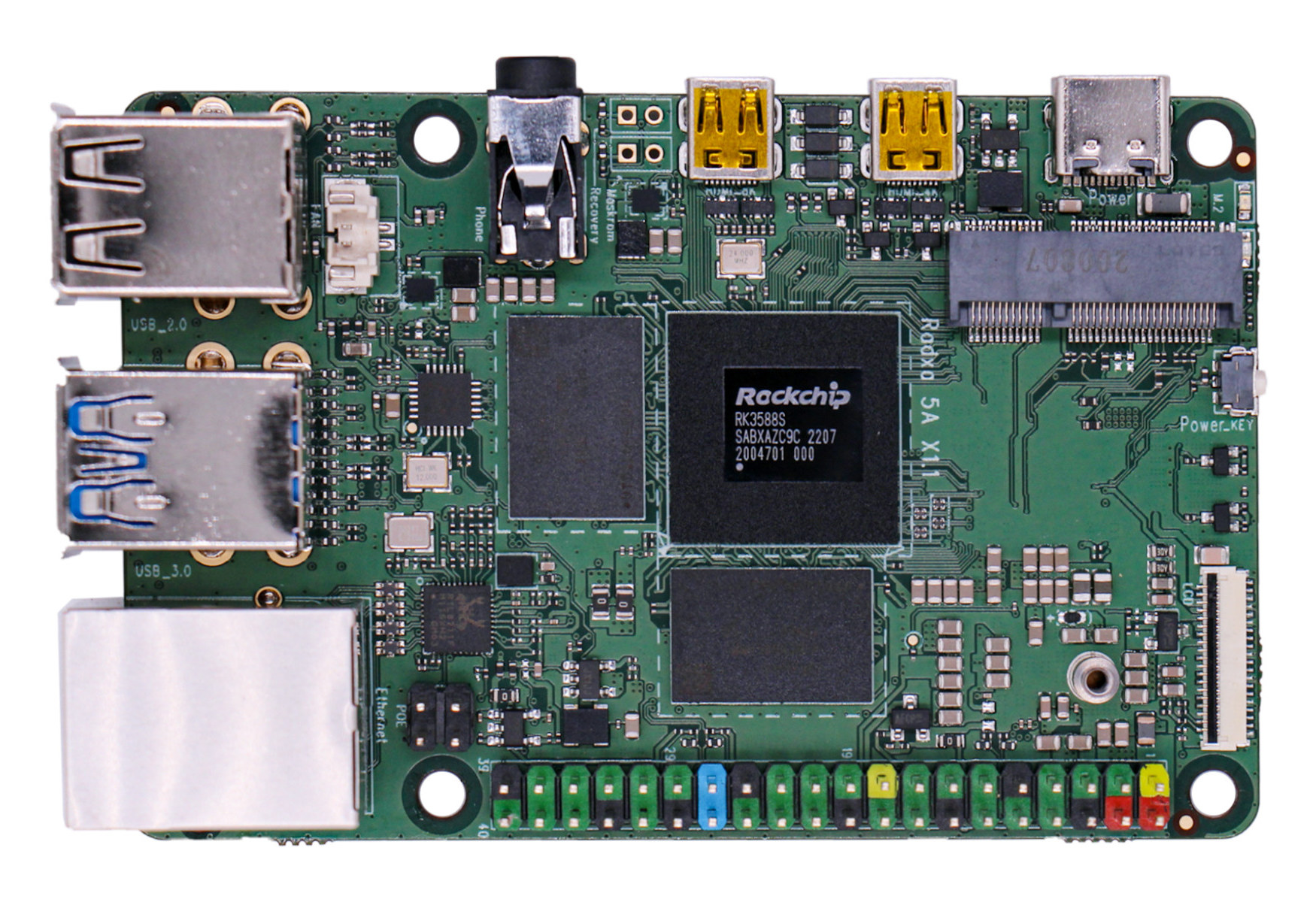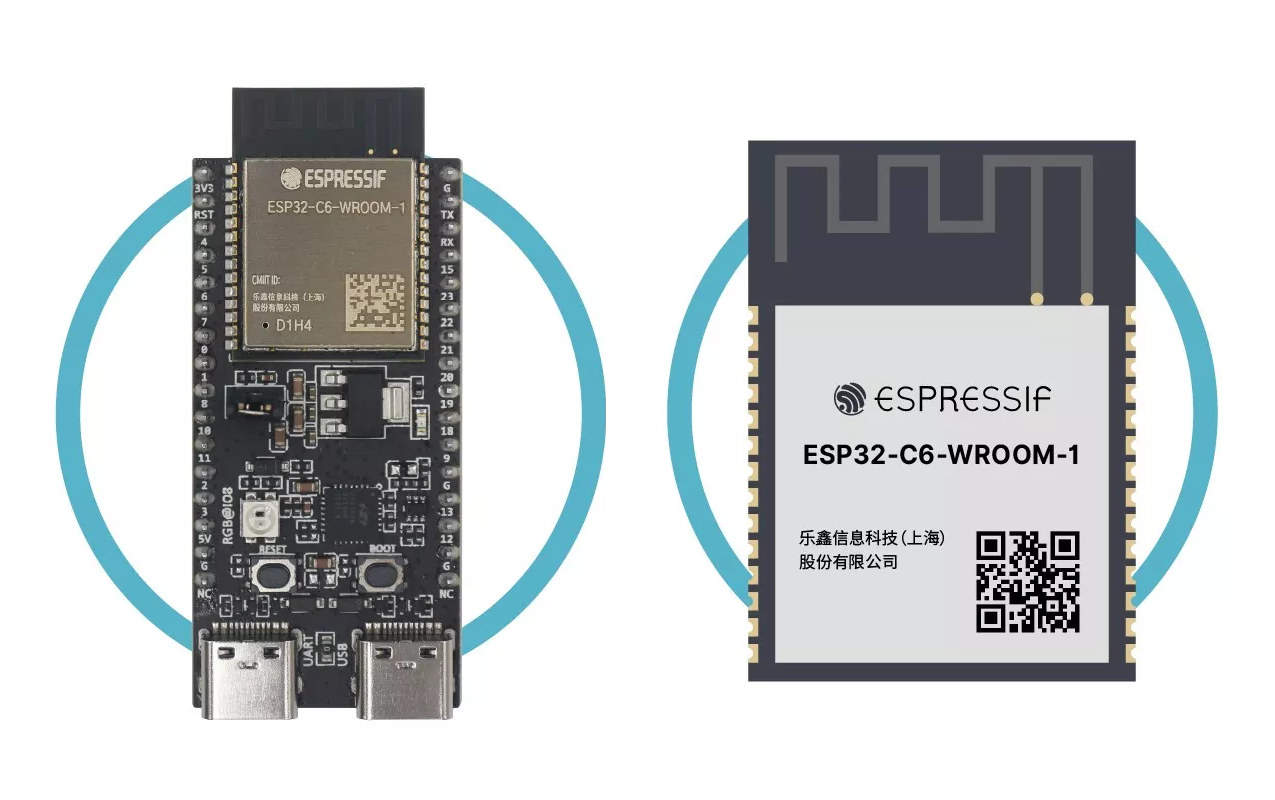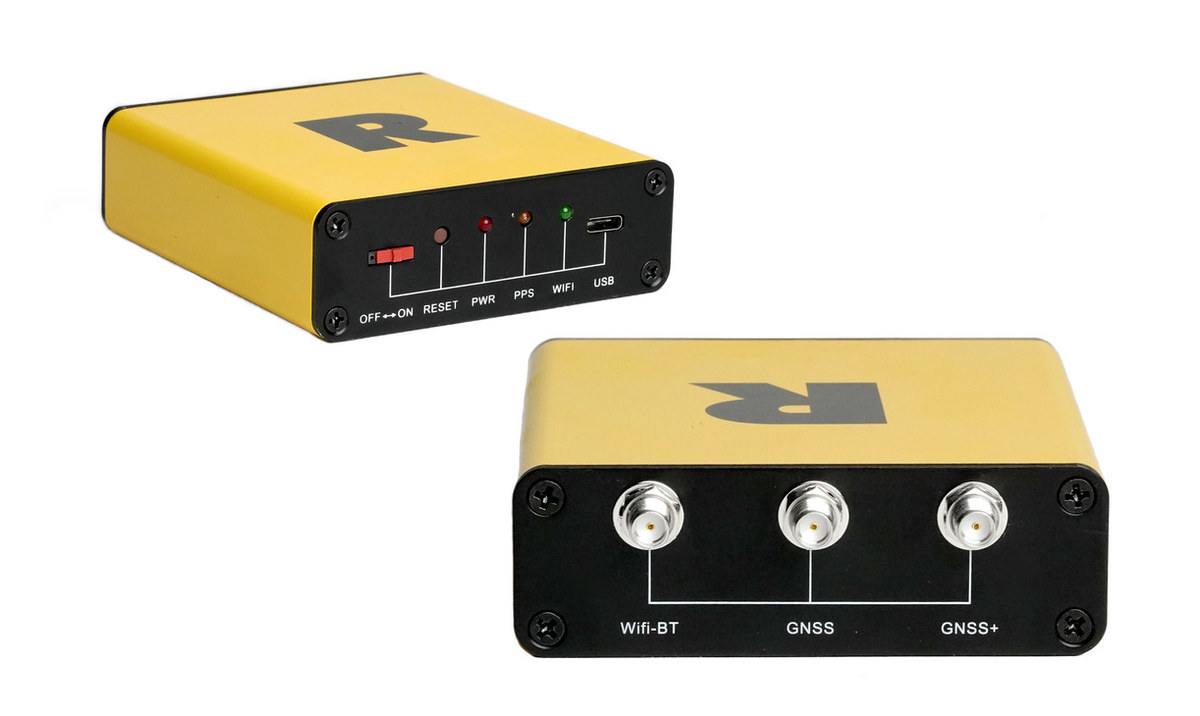Variscite VAR-SOM-AM62 is a System-on-Module (SoM) powered by a Texas Instruments Ti AM625x quad-core Cortex-A53 processor @ up to 1.4 GHz with a 400MHz Cortex-M4F cores and 333MHz PRU real-time co-processors to control I/Os. The module also supports up to 4GB RAM and 128GB eMMC flash, features a single or dual-band WiFi + BT/BLE5.2 module, and offers up to 3x CAN Bus, dual GbE, audio, camera in, and dual USB, among other interfaces. It is designed for industrial applications with a -40 to 85°C operating temperature range. VAR-SOM-AM62 specifications: SoC – Texas Instruments Sitara AM62x (AM6252 or AM6254) with Up to 4x Arm Cortex-A53 @ 1.4 GHz 1x Ar, Cortex M4F up to @ 400 MHz 1x PRUSS up to @ 333 MHz (only in industrial-grade modules) GPUs – 3D GPU with OpenGL ES 3.1 & Vulkan1.2, 2D graphics engine System Memory – 512MB to 4GB DDR4-3200 RAM @ 800MHz […]
The Wi-R protocol relies on body for data communication, consumes up to 100x less than Bluetooth
The Wi-R protocol is a non-radiative near-field communication technology that uses Electro-Quasistatic (EQS) fields for communication enabling the body to be used as a conductor and that consumes up to 100x less energy per bit compared to Bluetooth. In a sense, Wi-R combines wireless and wired communication. Wi-R itself only has a wireless range of 5 to 10cm, but since it also uses the body to which the Wi-R device is attached, the range on the conductor is up to 5 meters. While traditional wireless solutions like Bluetooth create a 5 to 10-meter field around a person, the Wi-R protocol creates a body area network (BAN) that could be used to connect a smartphone to a pacemaker, smartwatch, and/or headphones with higher security/privacy and longer battery life. One of the first Wi-R chips is Ixana YR11 with up to 1Mbps data rate, and they are working on a YR21 […]
Qualcomm-based Open-Q 2290CS and 4290CS SIPs target industrial IoT and machine vision applications
Lantronix has just unveiled two new System-in-Packages (SiP) with the entry-level Open-Q 2290CS SIP based on Qualcomm QCS2290 quad-core Cortex-A53 processor designed for industrial IoT applications and safety vehicle equipment control, and the pin-compatible, mid-range Open-Q 4290CS SIP based on Qualcomm QCS4290 octa-core Kryo 260 CPU for applications requiring artificial intelligence and machine learning capabilities. The Open-Q 2290CS module comes with 2GB LPDDR4, 16GB eMMC flash, WiFi 5 and Bluetooth 5.0 connectivity, while the Open-Q 4290CS module is equipped with up to 6GB LPDDR4, up to 256GB eMMC flash., and Wi-Fi 5 with some Wi-Fi 6 features (TWT & 8SS), and Bluetooth 5.1. Lantronix also offers the Open-Q AL2 development kit supporting either both SIP modules for evaluation and rapid prototyping. Open-Q 2290CS – Qualcomm QCS2290 SiP Specifications: SoC – Qualcomm QCS2290 quad-core Cortex-A53 processor at up to 2.0 GHz with Adreno 702 GPU at 845 MHz with support for […]
WinLink E850-96Board SBC is powered by Samsung Exynos 850 Octa-core Cortex-A55 SoC
WinLink E850-96Board is a 96Boards CE Extended-compliant single board computer (SBC) based on a Samsung Exynos 850 octa-core Cortex-A55 processor plus 64GB flash and 4GB RAM found in a single eMCP (embedded Multi-Chip Package) chip. While the Samsung Exynos 5422 based ODROID-XU4/XU4Q was one of the most popular SBCs when it launched in 2015 thanks to its features set and affordable pricing, we haven’t really seen other interesting Samsung Exynos SBCs in recent years. I did notice a WinLink E850-96Board based on Exynos 850 in the Linux 5.17 release last March, but there was not enough information then. The good news is that the board has now launched so let’s have a closer look. WinLink E850-96Board “All-in” board specifications: SoC – Samsung Exynos 850 CPU – Octa-core Arm Cortex-A55 processor @ up to 2.0GHz GPU – Arm Mali-G52 MP1 GPU supporting OpenGL ES1.1/2.0/3.2, OpenCL 2.0 Full Profile, and Vulkan 1.0/1.1 […]
Allwinner TV303 quad-core Cortex-A53 “Smart Screen” processor is made for projectors
Previously known for its tablet SoCs, Allwinner has been focusing on low-cost Cortex-A7 and Cortex-A53 processors for consumer devices in recent years, and the Allwinner TV303 quad-core Cortex-A53 processor is yet another one and appears to be the first of Allwinner TV-series processors designed for “smart screens”, notably smart Android projectors. I could not find any references for TV303 on the Allwinner website, but the company did publish a post on Weixin about a “Smart Android Projector” by Hotack based on the new processor and showcased at CES 2023. Allwinner TV303 preliminary specifications: CPU – 4x Arm Cortex-A53 GPU – Arm Mali-G31 VPU – 4K hardware video decoding + image quality engine Video Output – Up to Full HD Video Input – HDMI input The projector itself features two stereo speakers, WiFi 6 connectivity, and can be turned into a Bluetooth speaker. It also supports keystone correction and autofocus. Allwinner […]
Radxa ROCK 5A SBC – A Raspberry Pi 4 lookalike with up to 16GB RAM, Rockchip RK3588S SoC
Radxa has just unveiled the ROCK 5A single board computer (SBC) following Raspberry Pi 4 form factor and powered by a Rockchip RK3588S octa-core Cortex-A76/A55 processor coupled with up to 16GB of RAM as a way to celebrate Chinese New Year 2023. The Radxa ROCK 5A (aka ROCK5 Model A) closely follows the Raspberry Pi 4 layout, including two micro HDMI ports, a 3.5mm AV port, a microSD card, a 40-pin GPIO header, four USB ports, and a Gigabit Ethernet port. The MIPI DSI connector is there too, and so is the MIPI CSI camera connector, but in a different location. Radxa also added some features such as an M.2 socket for a wireless module (since there’s none on board) and eMMC flash module connectors, among other smaller changes (e.g. Power button!). ROCK 5A specifications: SoC – Rockchip RK3588S CPU – Octa-core processor with 4x Cortex-A76 cores @ up to […]
ESP32-C6 WiFi 6, BLE, and 802.15.4 module and development board launched!
Espressif Systems has finally launched the ESP32-C6 WiFi 6, Bluetooth 5.0 LE, and 802.15.4 IoT microcontroller by making the ESP32-C6-WROOM-1 module available on Aliexpress for $14.25 for a pack of 5 modules as well as the ESP32-C6-DevKitC-1 development board that’s out of stock on the official store at the time of writing. but somehow listed in another store for $16.22 plus shipping. Besides the availability announcement, another surprise is the 802.15.4 radio for Zigbee and Thread that was not part of the original ESP32-C6 announcement in April 2021. The ESP32-C6-DevKitC-1 development board comes with a module with 8MB flash, exposes most of the I/O’s from the ESP32-C3, and comes with two USB-C ports, two buttons, and an RGB LED. ESP32-C6-DevKitC-1 development board specifications: Wireless module – ESP32-C6-WROOM-1 with ESP32-C6 single-core 32-bit RISC-V clocked up to 160 MHz 320KB ROM, 512KB SRAM, low-power RISC-V core @ up to 20 MHz Wireless […]
ROCK Base triple-frequency RTK/GNSS base station works with Web3 GEODNET decentralized network
ROCK Robotic has announced the ROCK Base triple-band multi-constellation RTK/GNSS base station that works with the Web3 GEODNET decentralized GNSS reference network, with the solution designed to offer centimeter accuracy to support applications such as civil surveying, high-definition mapping, digital twin creation, and robotic solutions. Real-time Kinematic (RTK) is a relative positioning technique relying on GNSS (GPS, Galileo, GLONASS, Beidou …) and allowing centimeter positioning accuracy. The technique requires an RTK “Base station” like the ROCK Base and a lower-cost “Rover station” typically attached to a vehicle or drone. For higher accuracy, it’s also possible to use a Network RTK: Network RTK is based on the use of several widely spaced permanent stations. Data from reference stations is combined in a common data processing in a control center. The control center computes corrections for the spatially correlated errors within the network. These corrections are transmitted to the rover. Comparing to […]


